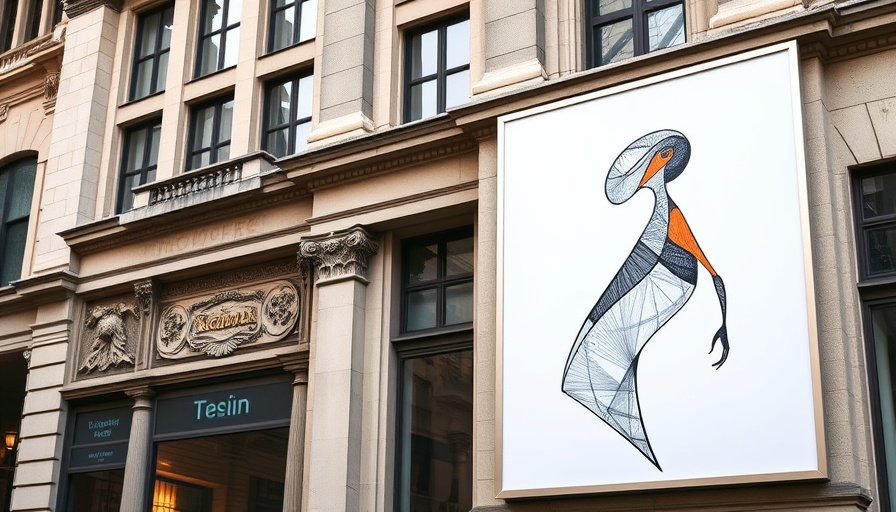
Resolution of a Noteworthy Dispute
The lengthy dispute between David Barton, a pioneer of luxury gym culture, and his landlord over the famed YMCA building, which was central to the Village People's iconic anthem, has finally reached a resolution. This conclusion not only ends financial tensions but reignites the conversation around urban fitness culture.
The Impact of David Barton's Vision on Urban Fitness
David Barton’s Gym U NYC in Chelsea has become synonymous with the upscale fitness movement, blending exercise with an extravagant nightlife atmosphere. Originally the McBurney YMCA, this historic location in West Chelsea has transformed under Barton’s ownership into a luxury fitness destination, drawing in both locals and tourists alike.
Understanding the Lease Dynamic
Barton’s conflict with landlord Mitchell Marks escalated when Marks filed a claim for $1.4 million in unpaid rent. The complexities of commercial leases, especially in vibrant urban settings such as Manhattan, often involve various disputes. In this instance, Barton's claims of guaranteed amenities provided by Marks countered the landlord's accusations of lease violations. Both parties exhibited the push-and-pull typical of landlord-tenant relationships, making it a case study for those in the legal and business sectors.
The Future of the YMCA Building
Now that both Barton and Marks have settled their disputes, the Gym U NYC can fully focus on its offerings, potentially enhancing its contribution to New York's fitness landscape. The historic significance of the site serves as a reminder of how past cultural elements can blend with modern-day innovations to create thriving communities.
As fitness enthusiasts and city dwellers alike look towards the future, the resolution of this feud reflects not just a settling of accounts, but also a renaissance for an important cultural landmark. In a landscape where urban spaces are constantly evolving, Gym U NYC stands poised to become a focal point for health and leisure in the heart of Manhattan.
 Add Row
Add Row  Add Element
Add Element 



Write A Comment